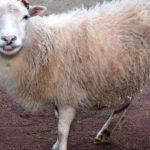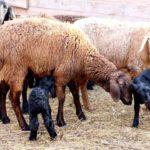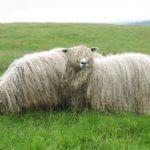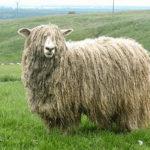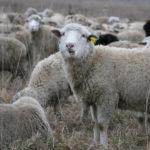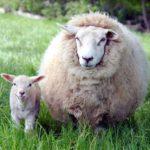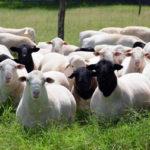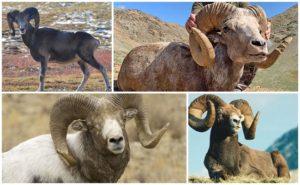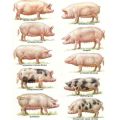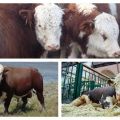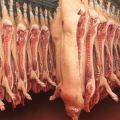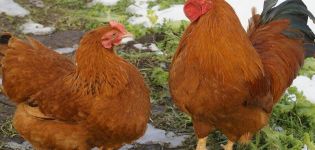Tables of the average indicators of live lamb weight and carcasses of different breeds
Lamb live weight is an indicator that is used to calculate the slaughter meat yield. On average, carcass weight after cutting is 50 percent of animal weight. Sheep recover intensively in the first months of life. In addition, during this period, animals eat relatively less than at an older age. Live weight and slaughter meat yield depend on the breed and quality of feeding.
Factors affecting live weight
Sheep and rams are mainly raised for meat. Various factors affect the weight of animals. They can be conditionally divided into two main groups: dependent and not dependent on humans, feed and conditions of detention. Factors affecting the weight of animals:
- breed and hereditary characteristics;
- age (recommended for slaughter);
- sex (goats weigh more than females);
- conditions of keeping and quality of feed.
Comparative table of the weight of rams and sheep of different breeds:
| Breed | Average live weight males / females |
| Meat-greasy | 129/95 |
| Meat (overseas) | 106/73 |
| Fine-wool | 102/47 |
| Semi-fine wool | 105/60 |
| Fur coat | 72/45 |
Factors characterizing meat productivity:
- external forms, constitution, exterior of animals;
- live weight;
- slaughter weight;
- daily gain;
- the content of muscle, fat, bones, skin, viscera in the carcass;
- chemical and grade composition of meat products.

Table of the ratio of body weight (100%) and its parts in different breeds:
| Body parts | Meat-greasy | Dairy
| Woolen |
| Carcass and internal fat | 59,6 | 36 | 41,5 |
| Muscle | 43,7 | 25 | 20 |
| Bones | 8,7 | 12 | 15 |
| Raw skin | 6,2 | 7 | 12,9 |
| Insides | 18,6 | 50,6 | 37 |
Average ram weight depending on breed
Sheep and rams of meat-lard breed always weigh more than fur-coats or fine-wool ones. The mass of animals increases with age. Reaches a maximum at 2-3 years of age.
Meat-greasy
Meat performance table:
| Breed | Mass of an adult animal, kg males / females | Age before slaughter | Weight before slaughter, kg | Slaughter meat yield,% |
| Edilbaevskaya | 120/70 | 7 months | 50,5 | 55 |
| Jaydar | 110/65 | 6 months | 51 | 55 |
| Hissar | 130/80 | 9 months | 52 | 54,2 |
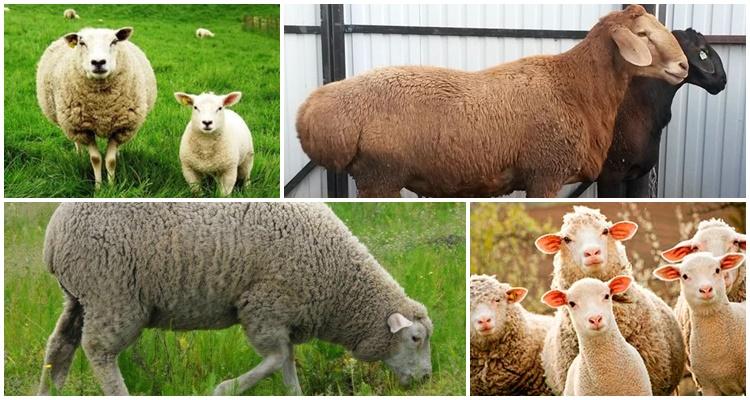
Fine-wired
Meat performance table:
| Breed | Mass of an adult animal, kg males / females | Age before slaughter | Weight before slaughter, kg | Slaughter meat yield,% |
| Precos | 90/50 | 6 months | 45 Kg | 45 |
| Vyatskaya | 90/50 | 8 months | 45 | 45 |
| Soviet merino | 83/46 | 12 months | 50 | 48 |
| Caucasian | 95/55 | 9 months | 41 | 43,7 |
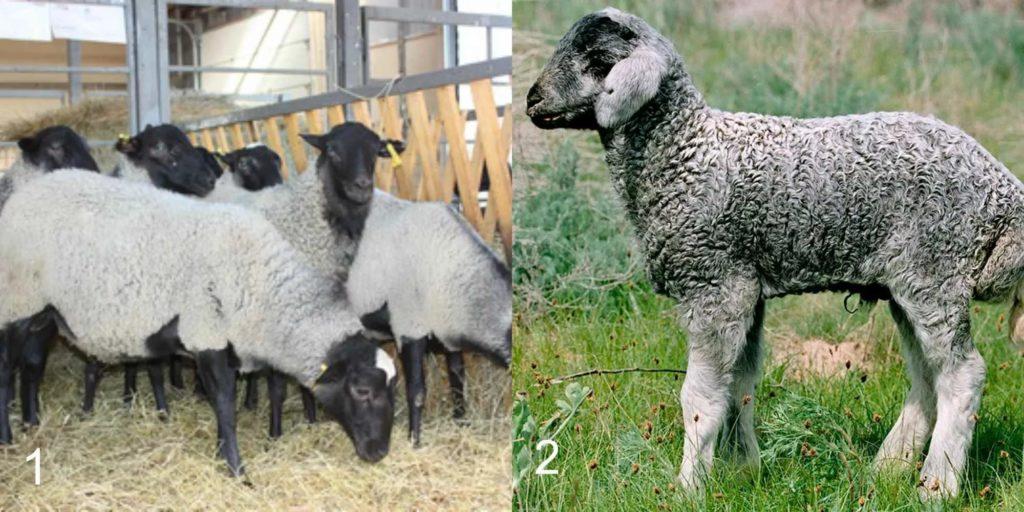
Fur coat
Meat performance table:
| Breed | Mass of an adult animal, kg males / females | Age before slaughter | Weight before slaughter, kg | Slaughter meat yield,% |
| Romanovskaya | 67/47 | 6.5 months | 31 | 45,9 |
| Northern short-tailed | 45/30 | 12 months | 30 | 42 |
| Karakul | 60/50 | 9 months | 45 | 45 |

Semi-fine wool
Meat performance table:
| Breed | Mass of an adult animal, kg males / females | Age before slaughter | Weight before slaughter, kg | Slaughter meat yield,% |
| Kuibyshevskaya | 100/60 | 7.5 months | 47 | 49, 2 |
| Romney March | 100/80 | 7.5 months | 50 | 49 |
| Tsigai | 90/50 | 7.5 months | 37 | 49 |
Dwarf
Meat performance table:
| Breed | Mass of an adult animal, kg males / females | Age before slaughter | Weight before slaughter, kg | Slaughter meat yield,% |
| French wessan | 22/13 | 12 months | 15 | 50 |
| Shetland dwarf | 50/34 | 12 months | 32 | 44 |
| West African | 36/20 | 12 months | 20 | 43 |
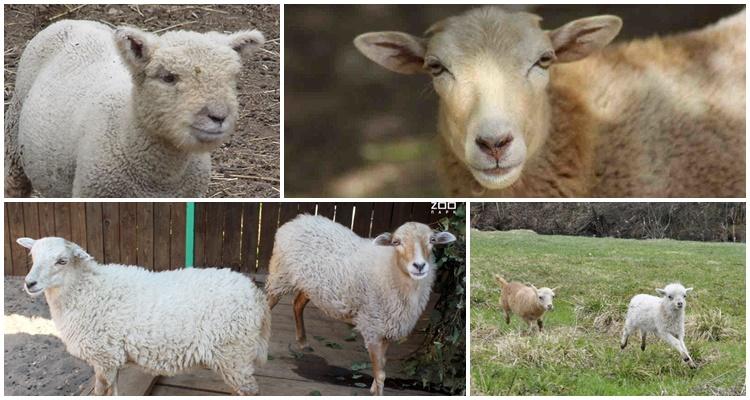
How much does a one-year-old ram weigh and how to calculate its weight
A female at the age of 1.5-2 years gives birth to 1-3 cubs. Depending on the breed, a newborn lamb weighs 2-5 kilograms (meat - 4-5 kg, meat, dairy and wool - 2-3 kg). In the first month of life, young growth, feeding on mother's milk, grows intensively. A little lamb gains 300 grams per day. With age, the daily weight gain becomes lower (200-100 g). On average, in the first six months of life, animals gain 30-40 kilograms. At 18 months, the ram's weight reaches the prescribed (maximum) indicator for the breed.
In order to find out how much an animal weighs, it must be weighed. There are special scales for weighing sheep (platform or in the form of a cage). You can determine the mass of a sheep by measuring the torso with a tape measure. This method is used if it is not possible to weigh the ram.
It is recommended to measure the chest circumference behind the shoulder blades (behind the forelegs) and the length from withers to tail with a tape measure. The results (in centimeters) must be inserted into the formula and the approximate weight of the animal must be calculated. The error of this method is 5-10 percent.
Mass calculation formula:
A x B x 2.5 / 100 = the weight of the sheep, where A is the chest girth, B is the body length, 2.5 is a conditional coefficient.
How fast do sheep gain weight?
Early maturing breeds quickly grow and recover, and at 6-8 months of age they weigh about 40-50 kg. At this age, they are sent to the slaughter. Animals gain weight intensively from the moment of birth and up to 10 months. The maximum value is reached in 2-3 years. After 4 years, the mass of animals remains almost unchanged.
In the first two months of life, the average daily gain is 300-500 grams. During this period, the lambs are milk-fed. At 2-4 months of life, the lambs gain 200 grams per day. Growing up lambs are gradually accustomed to vegetable food. With a properly composed diet, lambs do not suffer from digestive disorders and continue to recover intensively.
At 3 months of age, before vaccination, the sheep are weighed to calculate the amount of vaccine per body weight and to know their productivity.
From 4 to 8 months, the average daily increase in rams is only 70-100 grams. Animals must be intensively fed during the first months of life. Young rams eat little, and all feed is spent on weight gain.

Adult animals, on the other hand, consume large amounts of grass and hay, but recover very slowly. It is for this reason that rams at the age of 10-12 months are sent to the slaughter.
How to achieve rapid weight gain
The rate of weight gain depends on the breed of animals, the quality of the feed and the conditions of keeping. The main food of rams and sheep is grass and hay. Animals should eat their fill, especially in the first six months of life. If at a young age sufficient attention is not paid to feeding the sheep, then subsequently males and females will constantly lag behind in growth and poorly recover.
Sheep quickly get better on legumes and grasses. As a top dressing, animals can be given a small amount of grain mixtures (barley, corn, oats), sunflower cake and meal, boiled potatoes, finely chopped root vegetables (beets, pumpkins, carrots). On the day of the sheep, it is recommended to drink 2 times (5 liters of water per individual). Top dressing (grain, meal) is given after grasses and hay, it is possible at night.
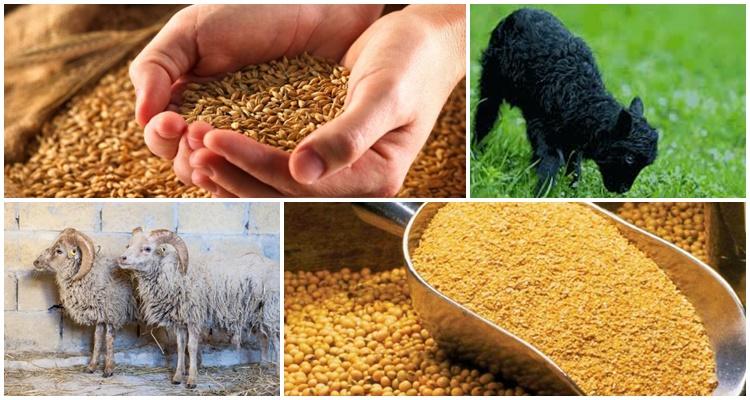
Slaughter meat yield
Usually rams are sent to slaughter at the age of 6-9 months. Slaughter output of carcasses, on average, is about 45-50 percent. The fact is that after slaughter, a sheep loses up to half of its weight. Indeed, in addition to muscles, a ram consists of bones, viscera, skin, fat.
Most of all, the indicator of the slaughter yield of pure meat is in meat breeds. In such animals, after cutting, waste is about 3 percent. The specific gravity of meat is influenced by the age of the sheep and their fatness. The gutted carcass of a fattened lamb can weigh half of its live weight.
You can approximately focus on such indicators by weight: carcass of an adult animal - 30-50 kg, carcass of young animals (at 12 months) - 18-20 kg, carcass of lambs (6 months) - 10-15 kg. After cutting, the edible part of the sheep (meat, bones, offal) is 79%, leather - 18%, waste - 3%.
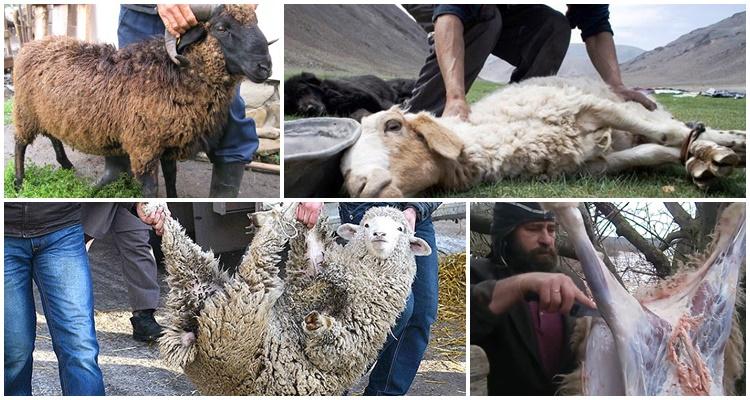
Record indicators
Each breed of sheep has its own characteristics, which, in comparison with others, are record-breaking. For example, Gissar meat-lard lambs are capable of gaining 160-190 kg of live weight and 30 kg of fat tail fat.
The maximum weight was recorded in the Suffolk ram. The record was set in 1991. A representative of this breed, originally from the United States, named Stratford Whisper, gained weight of 247.2 kg with a height (height at the withers) of 1.09 meters. Another record holder belonged to the fine-wool group. The Askanian ram at the age of 3 weighed 183 kilograms.
The smallest is Bobby the lamb, which got into the Guinness Book of Records due to its body weight of 998 grams. For comparison: a Finnish Landrace sheep in 1991 gave birth to 8 healthy lambs at a time. Moreover, the weight of each exceeded the body weight of Bobby the lamb. British sheep from the island of Ouessant weigh only 13-16 kilograms even in adulthood. Kaj sheep from Nepal have a body weight of only 16-18 kg. Jafna sheep from Sri Lanka weigh 15.5 kilograms even at the age of 3.
